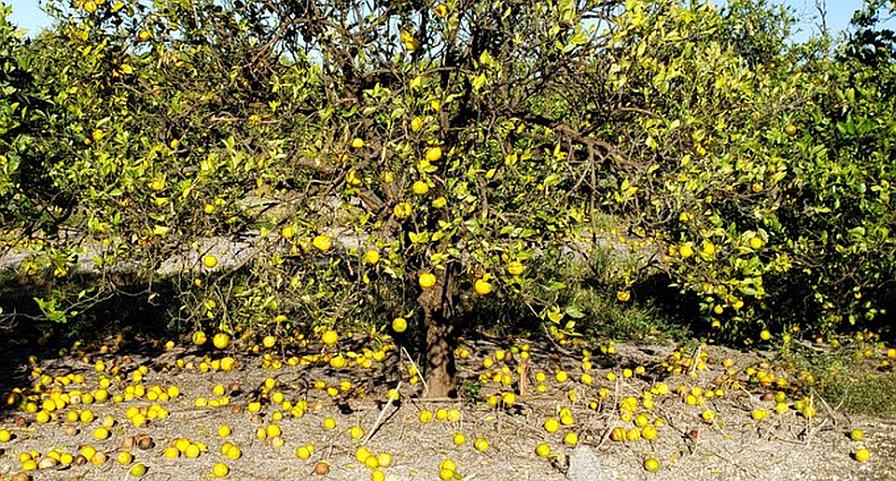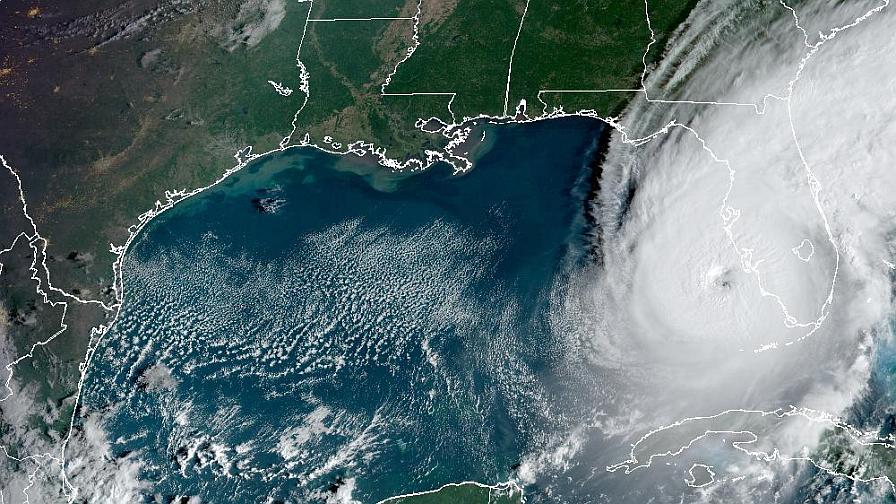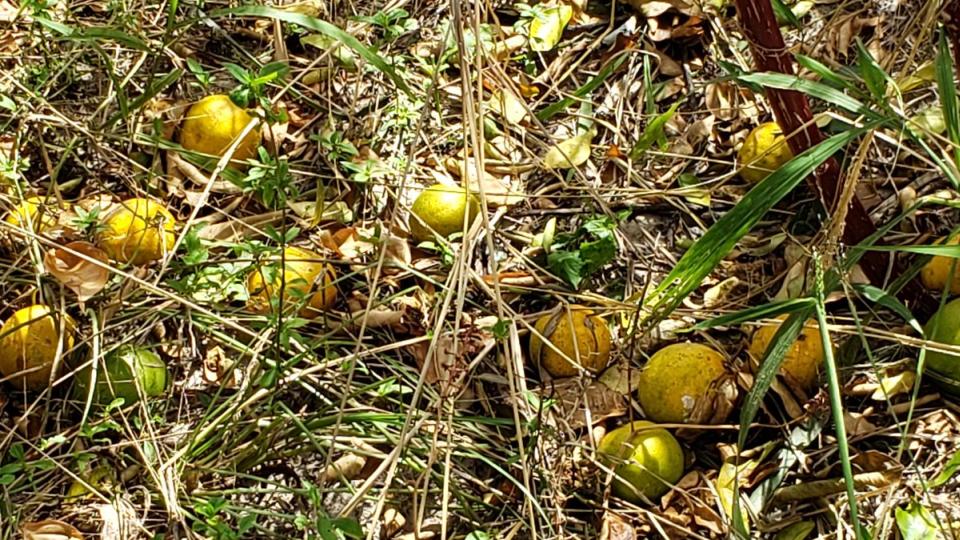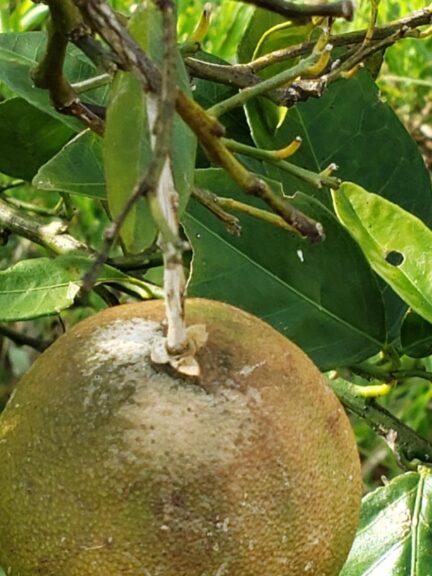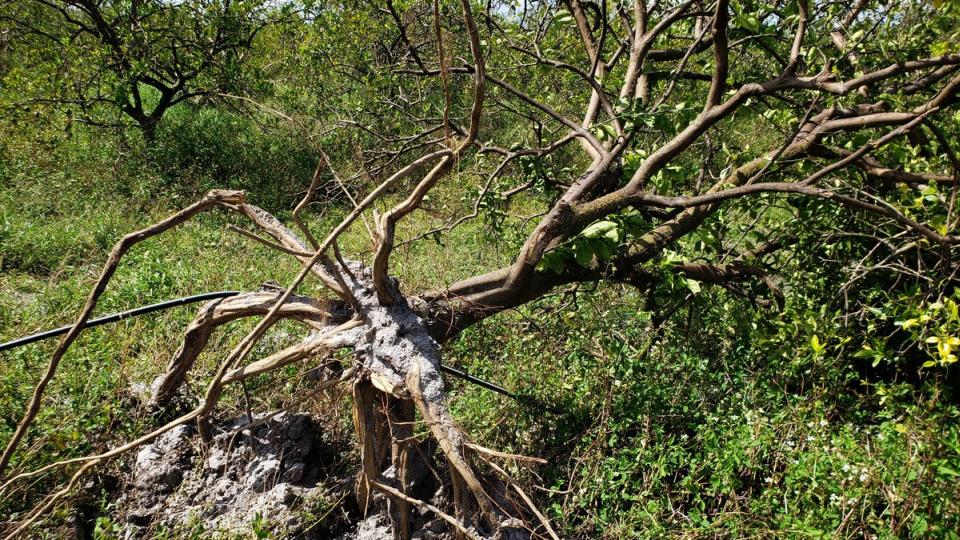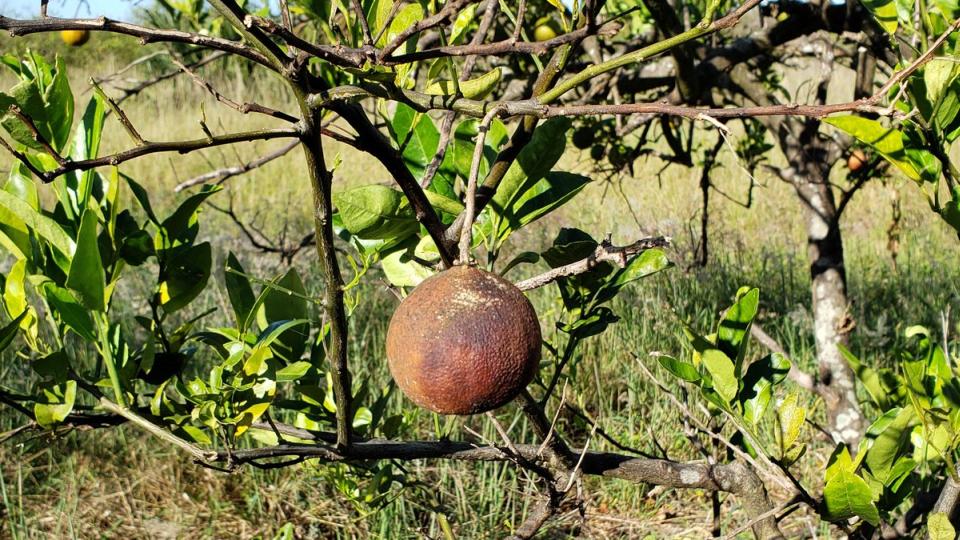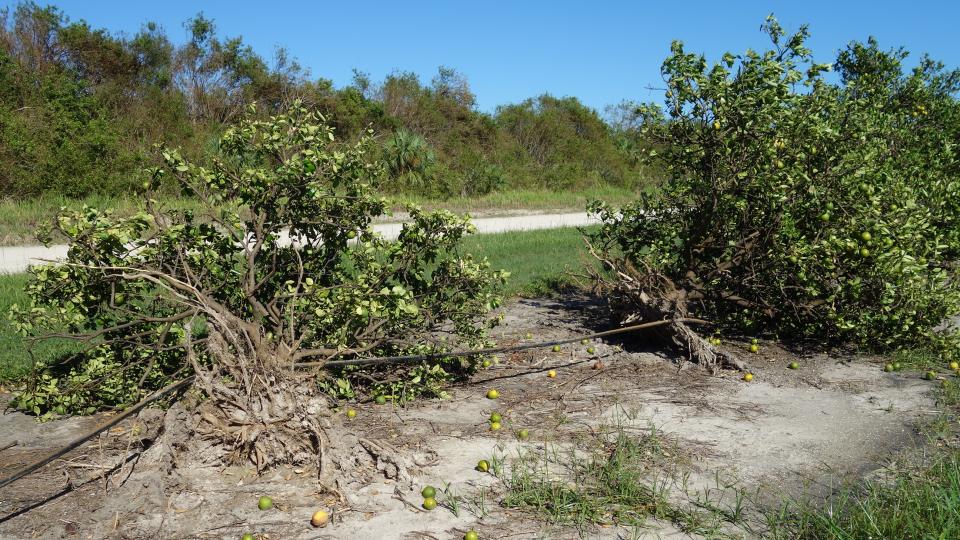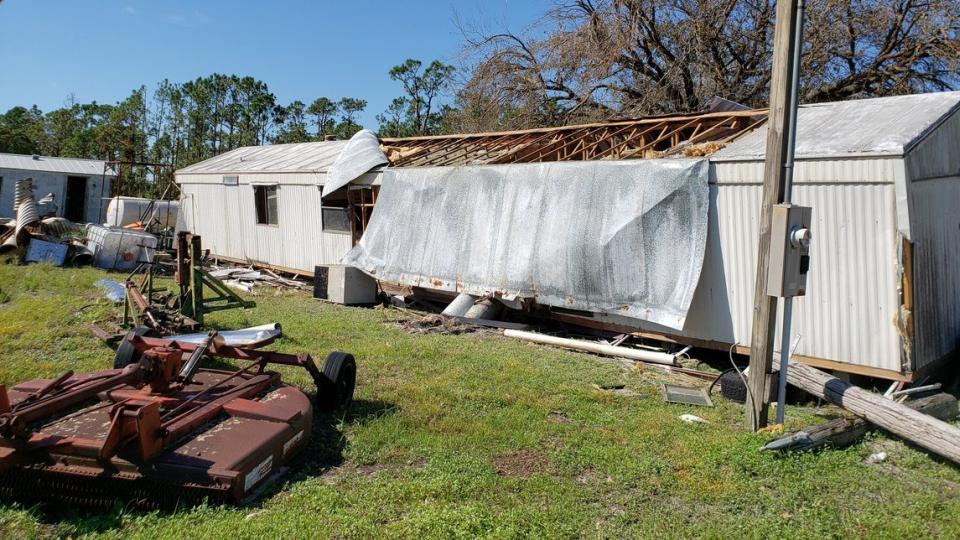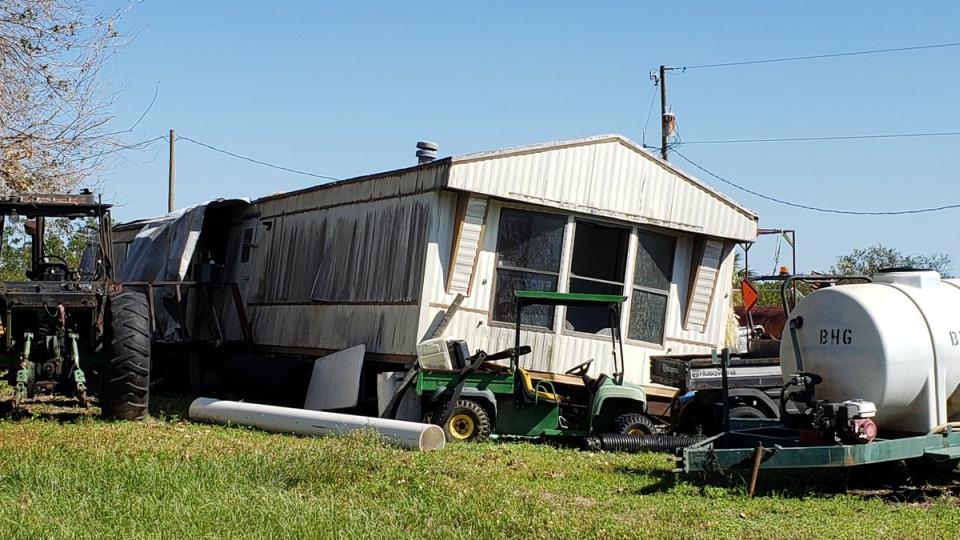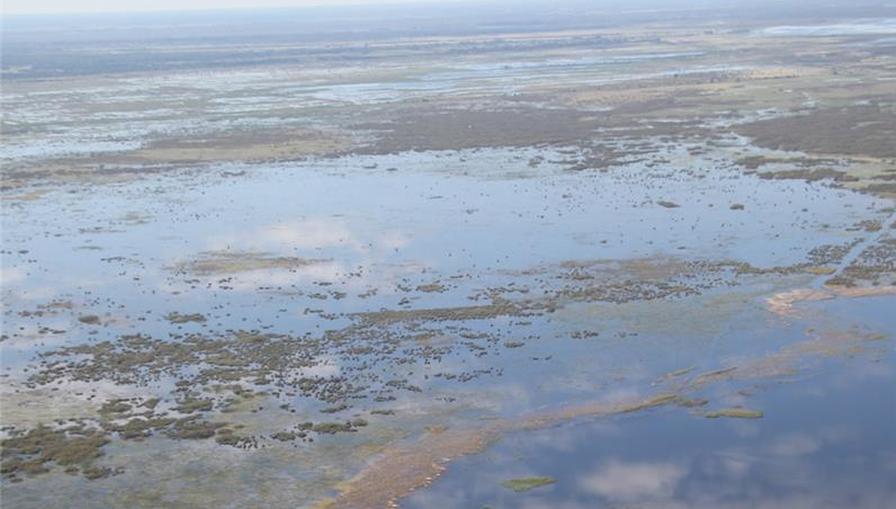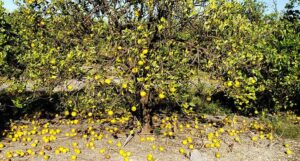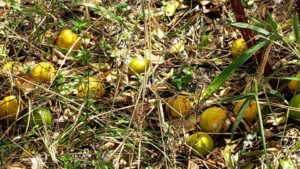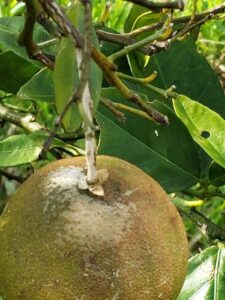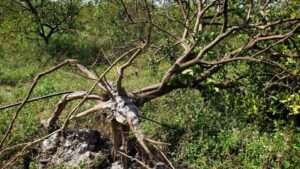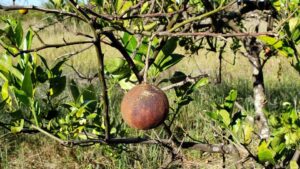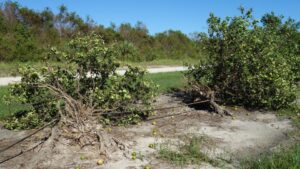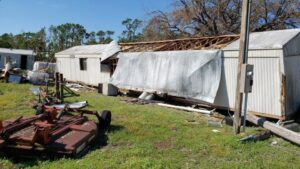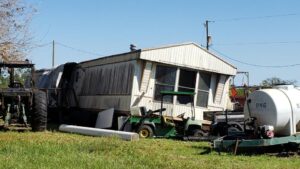Hurricane Ian Deals Big Blow to Florida Agriculture — What Now for Growers?
Hurricane Ian has come and gone, but its after-effects will be long-lasting. Florida agriculture stakeholders have seen this movie before. The true toll on crops might not be fully known for days, weeks, months, and even beyond.
Making landfall in the Southwest part of the state on the afternoon of Sept. 28, the strong Category 4 storm swept its way across the peninsula, delivering damaging winds, epic rainfall, and historic flooding from coast to coast. Directly in the storm’s sites was roughly 375,000 acres of citrus; 200,000+ acres of vegetables; more than 180,000 acres of hay; as well as 95,000 acres of other field crops, like sugarcane, cotton, and peanuts.
Damage assessments are in progress on countless farm operations in the impacted areas. Florida Farm Bureau Federation says it is working with its members to assess the damage to determine their needs.
The association released the following statement addressing the gravity of the situation following Hurricane Ian:
“Farmers and ranchers are facing widespread destruction of crops, buildings, fencing and other property loss due to substantial wind and water damage. Southwest Florida farm families are without power and off the grid. They face weeks of rebuilding. In areas of the citrus belt, there has been significant fruit dropped from the trees. Not only has there been loss of human life, but livestock and dairy farms have been devastated by the wrath of Hurricane Ian.
“Masses of honey bee colonies, submerged in water, are in distress. Bee pollination is critical to the livelihood of our state’s plants and crops, and is just one example of the long-term effects of this deadly storm.
“Farmers and ranchers throughout the region are repairing greenhouses, structures, irrigation systems and other machinery and equipment.
“Farmers as far north as St. Augustine are facing flooded vegetable fields. It will take days or weeks to assess the damage of Hurricane Ian. Many farm families are still cutting their way through down trees and power lines and battling flooded roads and blown-out culverts to evaluate the damage.”
Preparations for fall and winter fruit and vegetable plantings have been underway for many Florida growers prior to the storm. “The timing of Hurricane Ian means plantings for the fall crop could be impacted in some pockets of the state,” according to a statement by the Florida Fruit & Vegetable Association (FFVA). “We hope to know more soon as fields dry out and growers are able to get out and assess damage – keeping a close eye on disease issues.”
Based on early feedback, state and federal assistance will be sought for growers, says Christina Morton, Communications Director for FFVA. “It’s incredibly important that growers complete the UF/IFAS survey, which is assessing the impact of Hurricane Ian on the agricultural sector. The data obtained from this will be critical and is a first step in possible financial assistance.”
Ray Royce, Executive Director of the Highlands County Citrus Growers Association, says he is getting reports of varying degrees of damage in groves around Highlands County — one of the top-producing citrus counties in the state. “In general, it seems the southern part of the county got hit worse as far as fruit loss than the northern part of the county. The western and southern parts of the county that had the northern and western side of the storm got more rain in general than the eastern side. And some of those areas were already wet from previous days.”
Understandably, there are heavier fruit loss ratios on early varieties rather than Valencias. Early fruit loss estimates in the county are anywhere between 15% to 20% — upward to 70% to 75%. But Royce knows those are fluid numbers for now. “What previous storms have taught us, these trees will shed more fruit and leaves in the coming weeks. You can already see fruit that looks twisted and soft still on the tree. So, even trees that don’t look too beat up today, I think a week from now, we’ll see some leaf drop and another round of fruit loss. And there’s no doubt as you get into DeSoto County and down into Charlotte County, that it’s going to be worse. A lot of those guys are flooded.”
When I asked Royce about how Hurricane Ian compares to Hurricane Irma, a major storm that hit the state hard five years ago, he thinks fruit loss is similar so far. But time will ultimately tell.
Royce offers straight-forward advice to producers who were hit by the storm. He makes two points in particular. “No. 1: Document in detail everything that has happened to your operation, whatever damage you have, and continue to document everything during your recovery process. No. 2: (Growers) really do need to share information about their losses with FSA and others; because the only way we become potentially eligible for federal assistance – if there’s going to be any — is by documenting we have lost above that 30% threshold to open up NRCS programs.”
Tips for Proper Documentation
• Take photos with date and time
• Secure debris and/or livestock and take other required immediate action to prevent further loss
• Clear access roads
• Document your time working to recover from the disaster and types of equipment used
• Keep verifiable records, with copies, of all expenses
• If bartering, keep a copy of a signed agreement with barter details and all parties signature
• If paying in cash, keep proof of payment records with date, pay rate and payee signature
Lisa Hickey, UF/IFAS Interim Extension Director in Manatee County, also has some suggestions for farmers dealing after the storm.
“Make safety your first priority. Do not rush back into a facility until you are sure it is safe. Use extreme caution due to the potentially injurious situations presented by weakened trees and damaged structures, equipment, and electrical and gas systems.”
In addition, Hickey says there are things growers should NOT do. “Do not dispose of dead field crops or replant damaged fields, dispose of greenhouse plastic or plastic mulch, dispose of dead potted plants, etc. until adjustors have seen the evidence of loss, or crop insurance agent/FSA otherwise directs you on how to document the loss.”
In the meantime, Gov. Ron DeSantis has activated the Florida Small Business Emergency Bridge Loan Program, making $50 million available — at least $10 million of which must go to small businesses that are agricultural producers impacted by Hurricane Ian in Charlotte, Collier, DeSoto, Flagler, Glades, Hardee, Hendry, Highlands, Hillsborough, Lake, Lee, Manatee, Monroe, Orange, Osceola, Pinellas, Polk, Putnam, Sarasota, Seminole, St. Johns, and Volusia counties. Small businesses in the most impacted counties — Charlotte, Collier, Lee, and Sarasota — will be escalated and prioritized as they are received.
The program, administered by the Florida Department of Economic Opportunity, provides short-term, zero-interest loans to small businesses that experienced economic injury or physical damage due to Hurricane Ian. Interested applicants can apply now through Dec. 2, 2022, or until all available funds are expended. Interested parties can apply at https://deosera.force.com.
Here are several helpful links for growers needing aid in the wake of Hurricane Ian:
-
- Farm Service Agency Disaster Assistance Programs
- Farm Service Agency Contacts in Florida by County
- FEMA Disaster Recovery Center Locator and Individual Assistance to find the closest recovery center and other resources to assist you during your recovery
- USDA Disaster Resource Center for updates on emergency designation areas and available assistance programs
- Farmers.gov Protection and Recovery, including the five-step Disaster Assistance Discovery Tool to learn which USDA disaster assistance programs are available to assist you with your recovery
- U.S. Department of Labor Disaster Unemployment Assistance to learn more about USDA Disaster Assistance Programs that may be right for you
Scroll though the photo gallery above for some post-storm scenes that were shared on social media. Do you have any damage from Hurricane Ian in and around your farm fields and facilities? Feel free to share with us any images you’re seeing.




